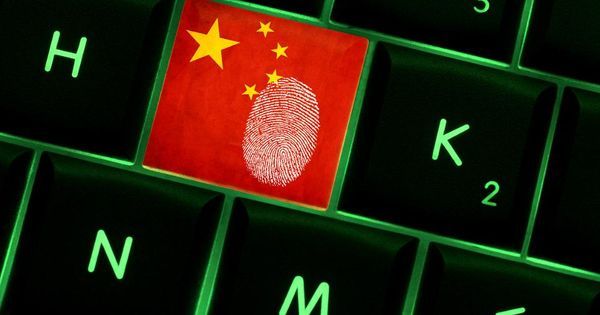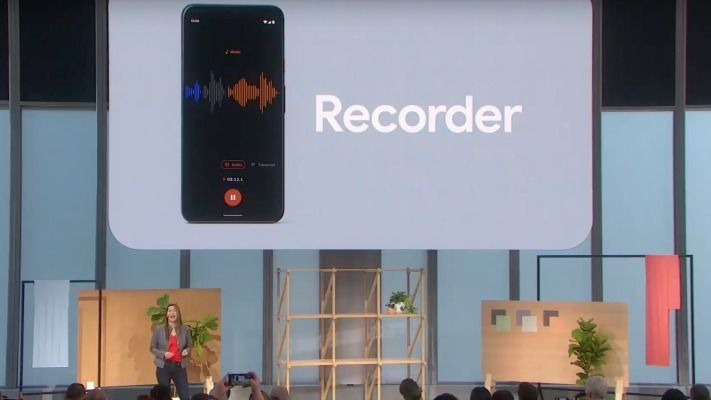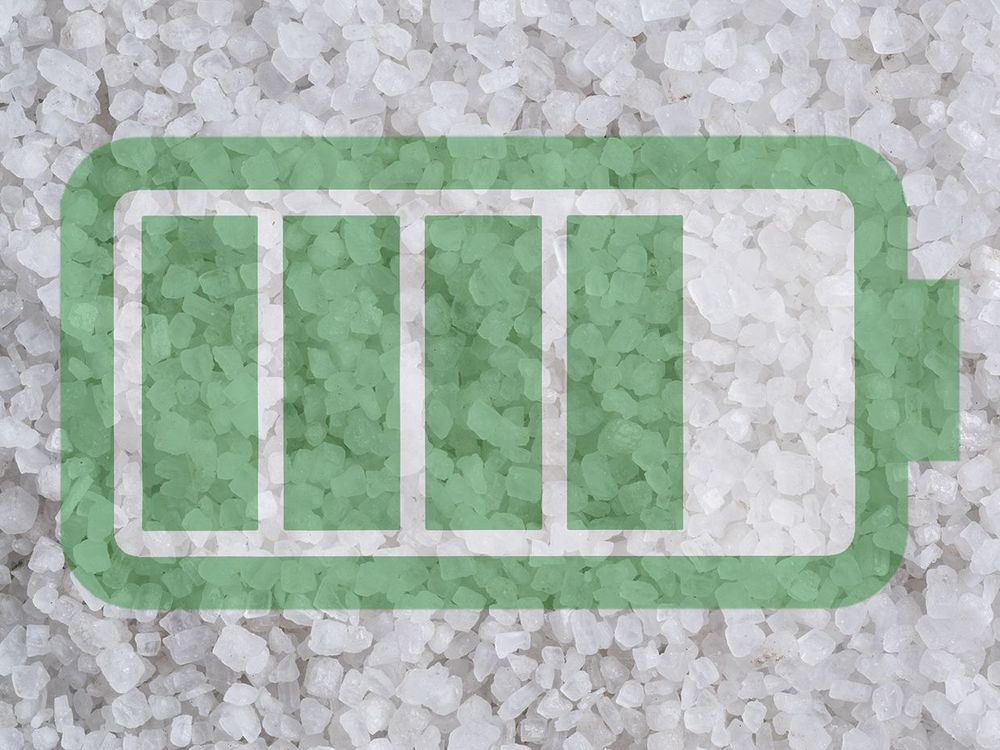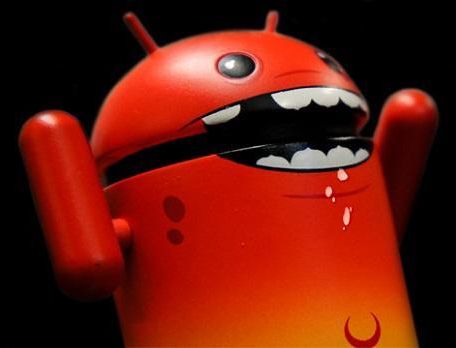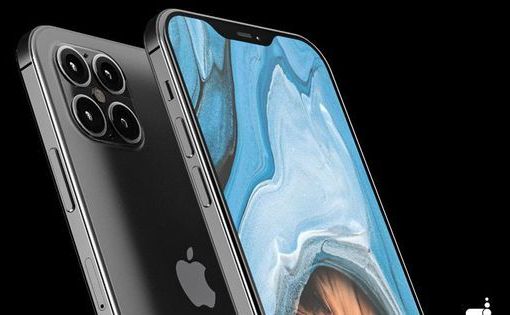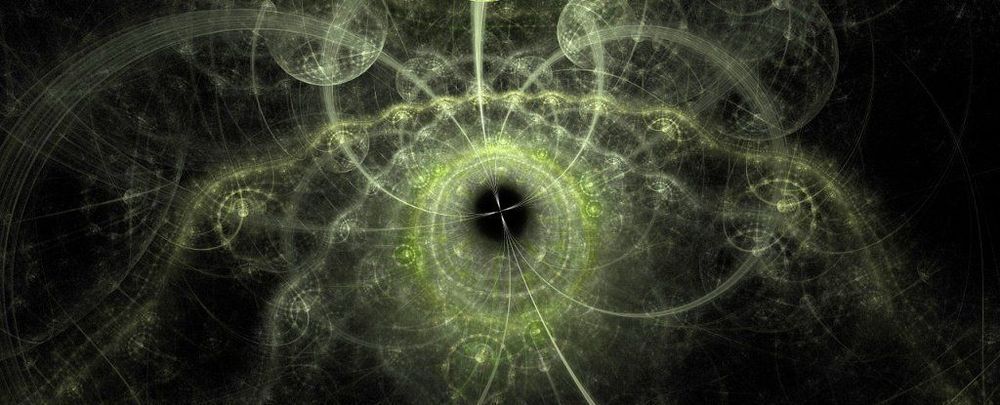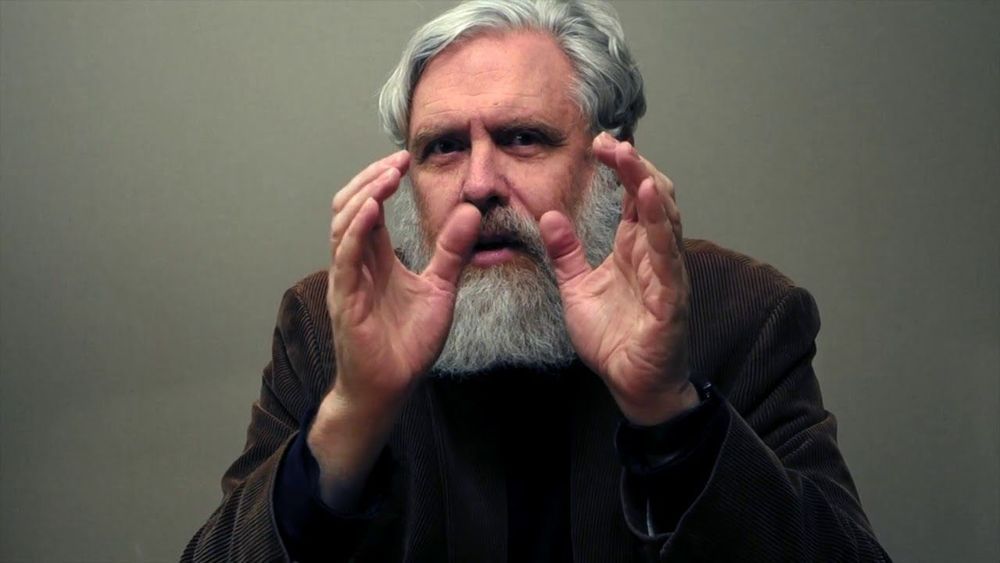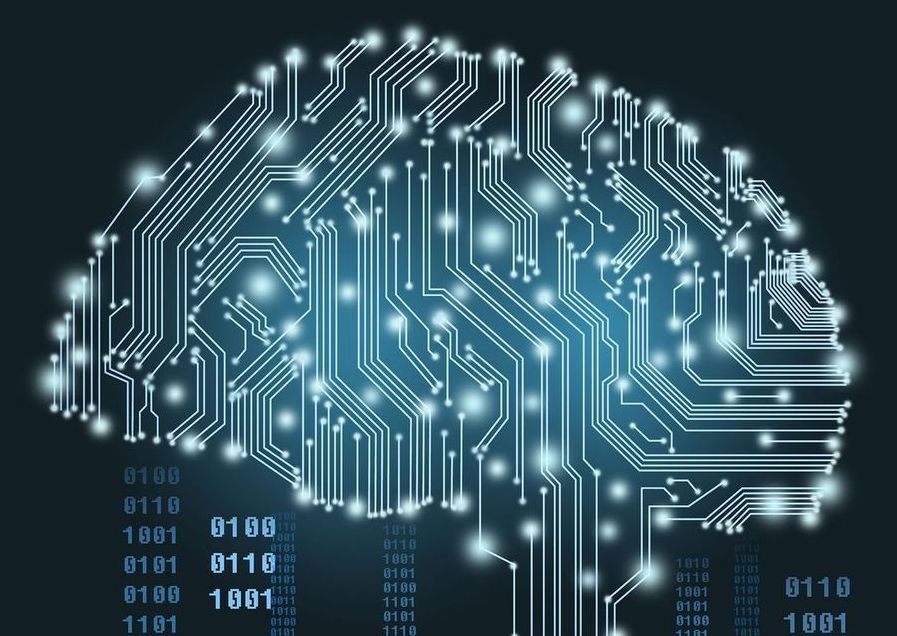A Chinese contest has pitched the country’s greatest hackers against the world’s leading technologies—and sent a message to the West.
Category: mobile phones – Page 153
At Google’s hardware event this morning, the company introduced a new voice recorder app for Android devices, which will tap into advances in real-time speech processing, speech recognition and AI to automatically transcribe recordings in real time as the person is speaking. The improvements will allow users to take better advantage of the phone’s voice recording functionality, as it will be able to turn the recordings into text even when there’s no internet connectivity.
This presents a new competitor to others in voice transcriptions that are leveraging similar AI advances, like Otter.ai, Reason8, Trint and others, for example.
As Google explained, all the recorder functionality happens directly on the device — meaning you can use the phone while in airplane mode and still have accurate recordings.
A new study describes a novel approach for purifying rare earth metals, crucial components of technology that require environmentally-damaging mining procedures. By relying on the metal’s magnetic fields during the crystallization process, researchers were able to efficiently and selectively separate mixtures of rare earth metals.
Seventy-five of the periodic table’s 118 elements are carried in the pockets and purses of more than 100 million U.S. iPhone users every day. Some of these elements are abundant, like silicon in computer chips or aluminum for cases, but certain metals that are required for crisp displays and clear sounds are difficult to obtain. Seventeen elements known as rare earth metals are crucial components of many technologies but are not found in concentrated deposits, and, because they are more dispersed, require toxic and environmentally-damaging procedures to extract.
With the goal of developing better ways to recycle these metals, new research from the lab of Eric Schelter describes a new approach for separating mixtures of rare earth metals with the help of a magnetic field. The approach, published in Angewandte Chemie International Edition, saw a doubling in separation performance and is a starting point towards a cleaner and more circular rare earth metals economy.
Circa 2017
Today, lithium is the active ingredient in batteries that power smart phones, laptops, and cars. But because of the price of lithium, researchers have been looking for another, more abundant element that could replace it. Several start-ups and established companies have tackled the idea of developing rechargeable batteries in which the active ingredient is sodium, lithium’s neighbor on the periodic table.
Besides its availability, sodium has several other important properties—not the least of which is its resistance to catching on fire. What’s more, “It was a good candidate because it could store a similar amount of energy as compared to lithium,” remembers Minah Lee, who does research on sodium batteries at Stanford University.
Today a number of companies are working on developing sodium batteries with the ultimate aim of replacing lithium as the key ingredient. The CNRS, The National Center for Scientific Research in France, recently announced the creation of Tiamat, a start-up company based in Amiens, France, that will develop and bring to the market a sodium rechargeable battery by 2020. CNRS says the battery will be designed in the widespread industrial 18650 format.
Malware on our smartphones isn’t new, and while there are ways to remove them, in some instances where it is particularly severe, the only way to deal with malware would be to factory reset your phone back to the way it was when it was new. Unfortunately, it seems that there is a new Android malware making its rounds that makes it impossible to remove, even with a factory reset.
Dubbed xHelper, this malware isn’t so much about stealing your phone’s information or sensitive details, but rather, it is designed to continuously serve up popup ads, in which presumably that is how its creators are making money off it. There is one particularly dangerous feature of the malware, which according to ZDNet, would see the malware download and install apps on your behalf.
As if that wasn’t bad enough, as we said, the malware cannot be uninstalled or removed even if you factory reset your phone. According to security companies like Symantec and Malwarebytes, they believe that the reason why this app is so persistent is because of a system app that might have been compromised.
A team of scientists from the universities of Alberta and Toronto have laid out the blueprints for a “quantum battery” that never loses its charge.
To be clear, this battery doesn’t exist yet — but if they figure out how to build it, it could be a revolutionary breakthrough in energy storage.
“The batteries that we are more familiar with — like the lithium-ion battery that powers your smartphone — rely on classical electrochemical principles, whereas quantum batteries rely solely on quantum mechanics,” University of Alberta chemist Gabriel Hanna said in a statement.
When the first smartphones arrived, few people understood how they would change our reality. Today, our internet-connected mobile device maps our travel, manages our finances, delivers our dinner, and connects us to every corner of human knowledge. In less than a generation, it has become almost an extension of our central nervous system — so indispensable that we can’t imagine leaving home without it to guide us.
We are about to embark on another journey even more important to every individual and to human society. We are entering the age of genomics, an amazing future that will dramatically improve the health outcomes of people across the planet. Soon, we won’t be able to imagine a time when we left home without knowledge of our genome to guide us.
But this future isn’t a generation away. As early as 2020, I believe we will be living in a world where software uses knowledge of our personal genome to guide us, like a health GPS, toward choices that are appropriate for us as individuals. From the foods we choose to eat to the medicines we take to prevent or cure disease, from helping us avoid exposure to environmental risks to eradicating thousands of genetic diseases, genomics will reveal such immense possibilities that it will feel as if we can see and hear for the first time.
Researchers at the University of Sussex have developed a glue which can unstick when placed in a magnetic field, meaning products otherwise destined for landfill, could now be dismantled and recycled at the end of their life.
Currently, items like mobile phones, microwaves and car dashboards are assembled using adhesives. It is a quick and relatively cheap way to make products but, due to problems dismantling the various materials for different recycling methods, most of these products will be destined for landfill.
However, Dr. Barnaby Greenland, Lecturer in Medicinal Chemistry, working in conjunction with Stanelco RF Technologies Ltd and Prof Wayne Hayes at the University of Reading, may have found a solution.
Think of the human brain as an immensely powerful supercomputer. But as one of the most complex systems in Nature, there’s still much to learn about how it works. That’s why researchers from the Human Brain Project are attempting to unravel even more of its mysteries. However, most neuroscientists still believe that consciousness is generated in our brains, trying to justify their chosen profession as the only key to our experience of the world. It is not. We humans don’t live in a vacuum, we are not “brains in a vat,” so to speak. Just like your smartphone, your brain is a ‘bio’-logical computing device of your mind, an interface into physical reality. Our minds are connected to the broader mind-network, as computers in the Cloud. Consciousness is “non-local” Cloud, our brain-mind systems are receivers, processors and transmitters of information within that Cloud. So, a truly multidisciplinary and computationalist approach is required to crack the neural code and reverse-engineer consciousness in AI and cybernetic systems. We shouldn’t be surprised if all that hype about testing for the “seat of consciousness” could only end up refining our understanding of neural correlates — not how consciousness originates in the brain because it’s not its origin there. The Internet or a cellular network is not generated by your smartphone — only processed by it. Species-wide mind-networks are ubiquitous in Nature. What’s different with humans is that the forthcoming cybernetic mediation could become synthetic telepathy and beyond that — the emergence of one global mind, the Syntellect Emergence (cf. The Syntellect Hypothesis) #consciousness #HumanBrainProject
In episode four of Bloomberg’s Moonshot, see how 500 scientists in 100 universities are spending $1.1 billion on the Human Brain Project.
